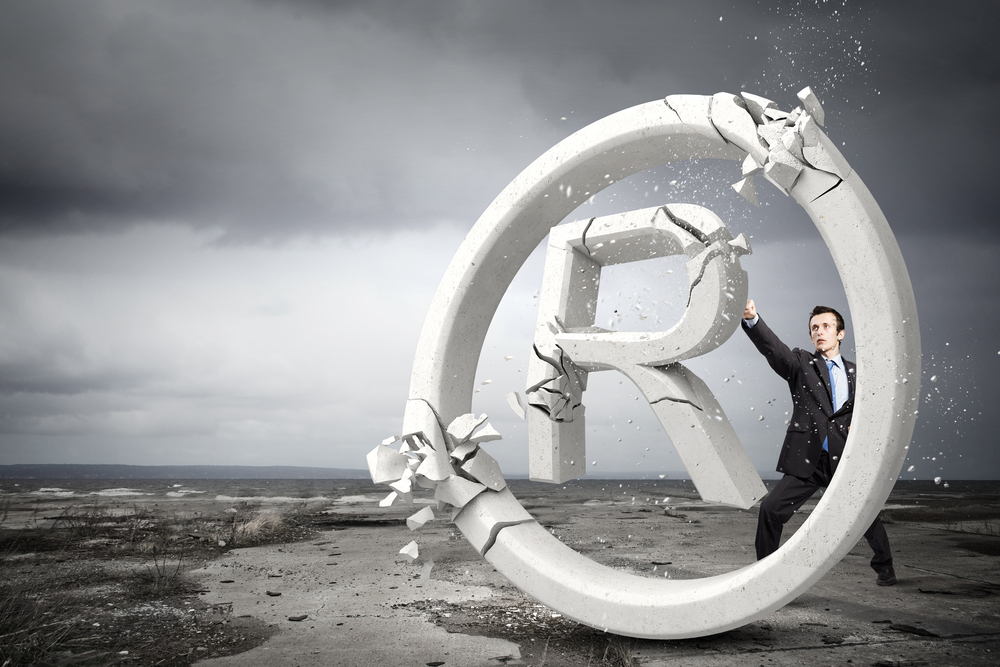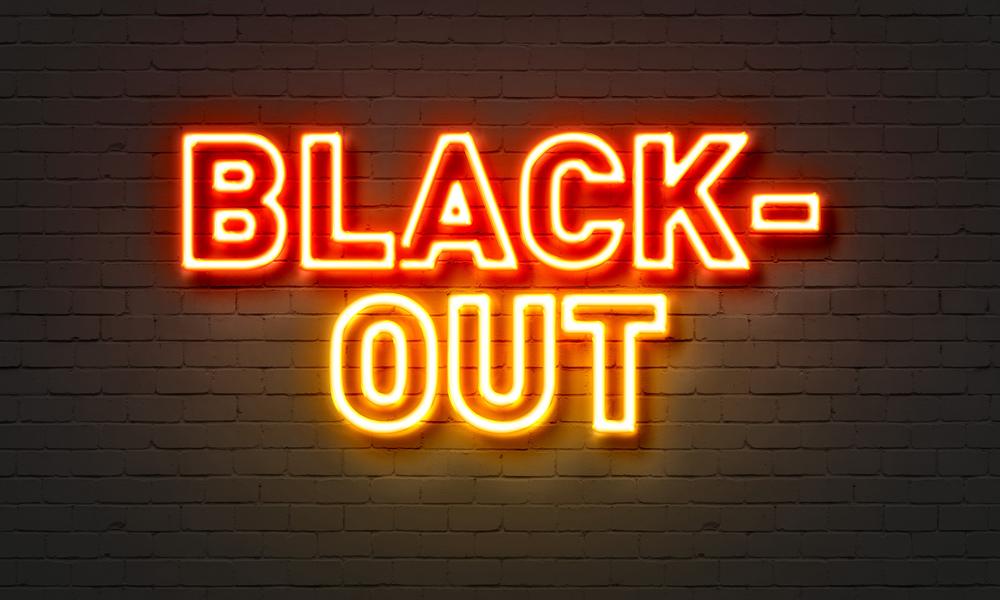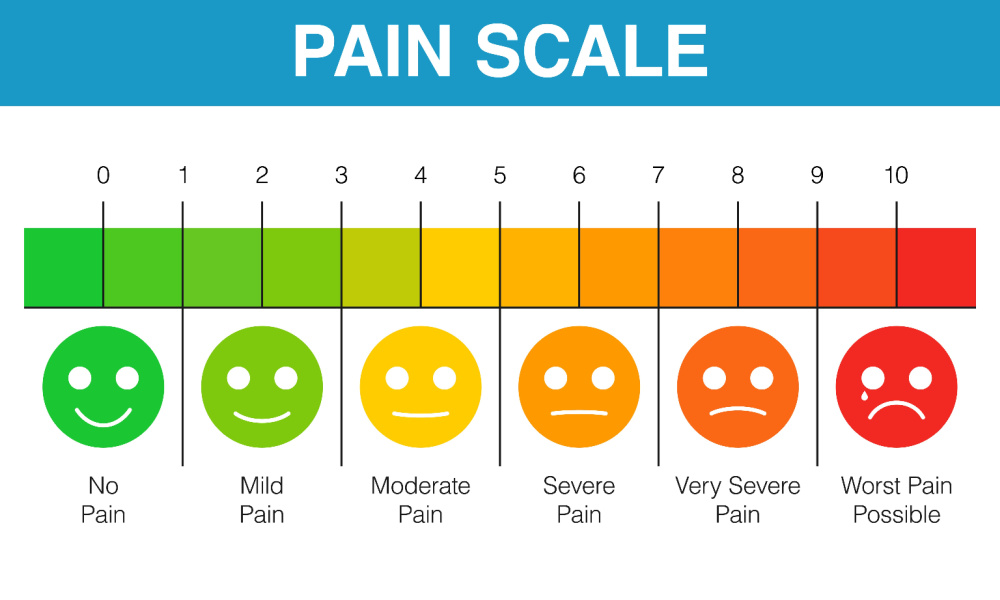The USPTO’s Process for a Timely Amendment to Allege Use
If you've filed an amendment to allege use for your trademark application, but the mark was published for opposition before the amendment was examined, you may be wondering what steps the USPTO will take next. According to the Trademark Manual of Examining Procedure (TMEP) §1104.04, the examining attorney will contact you (or your trademark attorney) by telephone or email and give you the option to withdraw the amendment. If you decide to withdraw the amendment, the examining attorney will advise you that a notice of allowance will be issued if the application is not opposed, and you'll need to file a statement of use or request an extension of time to file a statement of use within six months of the notice. You also have the option of requesting that the USPTO treat the amendment to allege use as a statement of use, which must be done within six months of the notice of allowance using the TEAS Post-Publication Amendment form. If you don't file a statement of use, request an extension, or request to treat the amendment as a statement of use within six months of the notice of allowance, your application will be abandoned. On the other hand, if you elect not to withdraw the amendment to allege use, the examining attorney will take one of two actions: If no notice of allowance has been issued, the examining attorney will withdraw the application from publication and examine the amendment to allege use. If a notice of allowance has already been issued, the ITU/Divisional Unit will cancel the notice and the examining attorney will examine the amendment to allege use. If the amendment to allege use can be approved after examination, the mark must [...]






